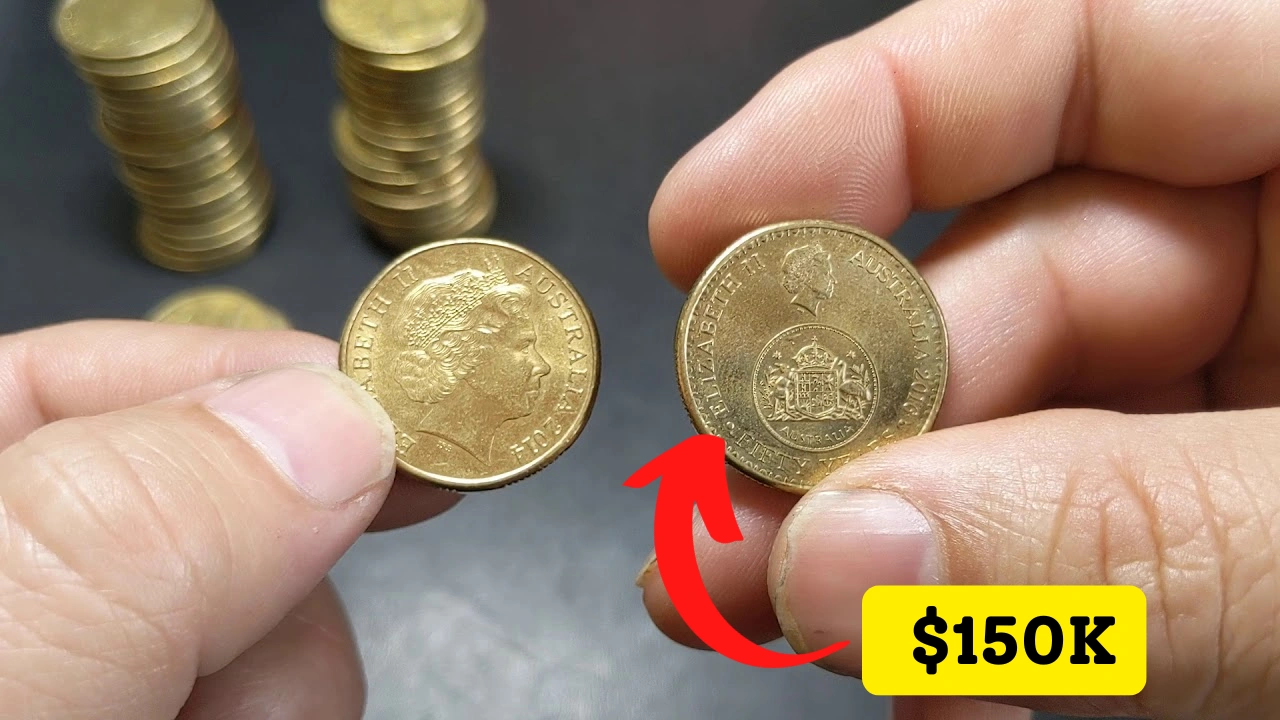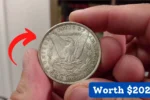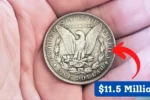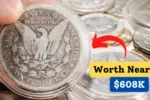The Lincoln Wheat Penny Worth Nearly $150K: In the world of coin collecting, a seemingly common Lincoln Wheat Penny can sometimes hold an unexpected treasure. One such coin, valued at an astounding $150,000, serves as a striking reminder that even the most ordinary of objects can possess extraordinary value.
The chance of encountering a coin like this still in circulation adds an element of thrill to the hobby, as collectors and enthusiasts continue their quest for rare finds.
A Glimpse into History
First minted in 1909, the Lincoln Wheat Penny quickly became a defining moment in American numismatics. For the first time, a U.S. coin featured the portrait of a president Abraham Lincoln, on the obverse. The coin’s reverse, designed by artist Victor David Brenner, depicted two stalks of wheat, making it an iconic part of American currency. The design remains deeply ingrained in the country’s financial history.
What Makes the $150,000 Penny So Special?
So, what makes a Lincoln Wheat Penny worth a jaw-dropping $150,000? Typically, coins reach such high values due to a combination of rarity, minting errors, unique historical contexts, and exceptional preservation. It’s not the millions of pennies minted that are valuable, but the rare few that have distinctive traits whether due to historical circumstances or simply an anomaly in the manufacturing process.
Factors That Drive High Value
Several elements could contribute to a Lincoln Wheat Penny reaching such a remarkable value. For example, during times of war when materials were in short supply, coins sometimes deviated from the norm. One such coin is the 1943 copper penny, which was mistakenly minted using copper rather than the intended steel. These error coins are among the most sought-after in the numismatic world, with some commanding prices far beyond their face value.
The Role of Condition in Valuation
For any coin to command a high price like this, its condition is of paramount importance. Coins are graded based on wear, luster, and overall appearance. A Lincoln Wheat Penny valued at $150,000 would need to be nearly flawless barely showing any signs of handling or circulation. A pristine coin can make all the difference in determining its value.
The Surprise of a Coin in Circulation
The prospect of finding such a rare and valuable penny in regular circulation is exciting, even though most valuable specimens have long been pulled from public use. With billions of pennies minted over the years, many have been tucked away in collections, boxes, and forgotten drawers. But the thrill of potentially finding one still in circulation keeps numismatists vigilant in their searches, knowing that each penny could be a hidden gem.
How to Identify a Valuable Lincoln Wheat Penny?
Knowing what to look for is key in determining whether a Lincoln Wheat Penny might be worth a significant sum. Pay attention to specific years and mint marks, as these can indicate rarer variations. Moreover, a coin with exceptionally well-preserved details such as the sharpness of Lincoln’s portrait or the clarity of the wheat stalks could signal that it’s more than just another penny.
The Ripple Effect on the Market
A Lincoln Wheat Penny valued at $150,000 has more than just individual significance. It sparks renewed interest in coin collecting and can shift the entire coin market. This potential discovery encourages hobbyists, from beginners to seasoned collectors, to dive into their own coin stashes and inspect their collections with fresh eyes. Even those who are new to the world of numismatics are drawn in by the possibility of finding such a prized possession.
Numismatics as an Investment
From an investment perspective, discovering a $150,000 penny represents just how valuable rare coins can be. While the odds of finding such a coin are incredibly slim, the idea of owning something that could appreciate in value over time adds to the appeal of numismatics. The market for rare coins continues to grow, attracting those looking for a unique way to diversify their investments.
Authenticating a High-Value Coin
When a coin reaches such a high value, professional authentication is essential. Experts in numismatics use advanced techniques to confirm the authenticity of a coin, including analysis of its metal composition, minting process, and historical context. Verification ensures that collectors can confidently buy, sell, or trade such valuable items without the fear of counterfeits.
Connecting Coins to History
Many of these rare pennies hold a deeper historical meaning. Whether they were minted during times of war, or they were produced in limited quantities due to material shortages, these coins are more than just monetary symbols they are tangible links to key moments in American history. This connection adds emotional value beyond the market price.
The Future of Lincoln Wheat Pennies
As time passes, the demand for rare Lincoln Wheat Pennies may continue to rise. Increasing interest from collectors, along with the limited number of exceptional coins still in existence, means that the value of these pennies may increase even further. Whether you’re holding one in your hand or simply hoping to discover one, the potential for a significant return on a small investment is enough to keep coin collectors on the lookout.
Conclusion: The Lincoln Wheat Penny Worth Nearly $150K
The $150,000 Lincoln Wheat Penny is much more than just a rare coin it’s a reminder of how a simple object can carry significant value. It symbolizes the excitement and allure of numismatics, inspiring both seasoned collectors and newcomers to the hobby to search their coins and hold onto the possibility that treasure can sometimes be found in the most unexpected places.
Note: Coin values fluctuate over time, and the valuation mentioned is based on specific criteria that may not apply to all coins. To accurately assess the value of a coin, it’s advisable to consult with professional numismatists or certified appraisers.





